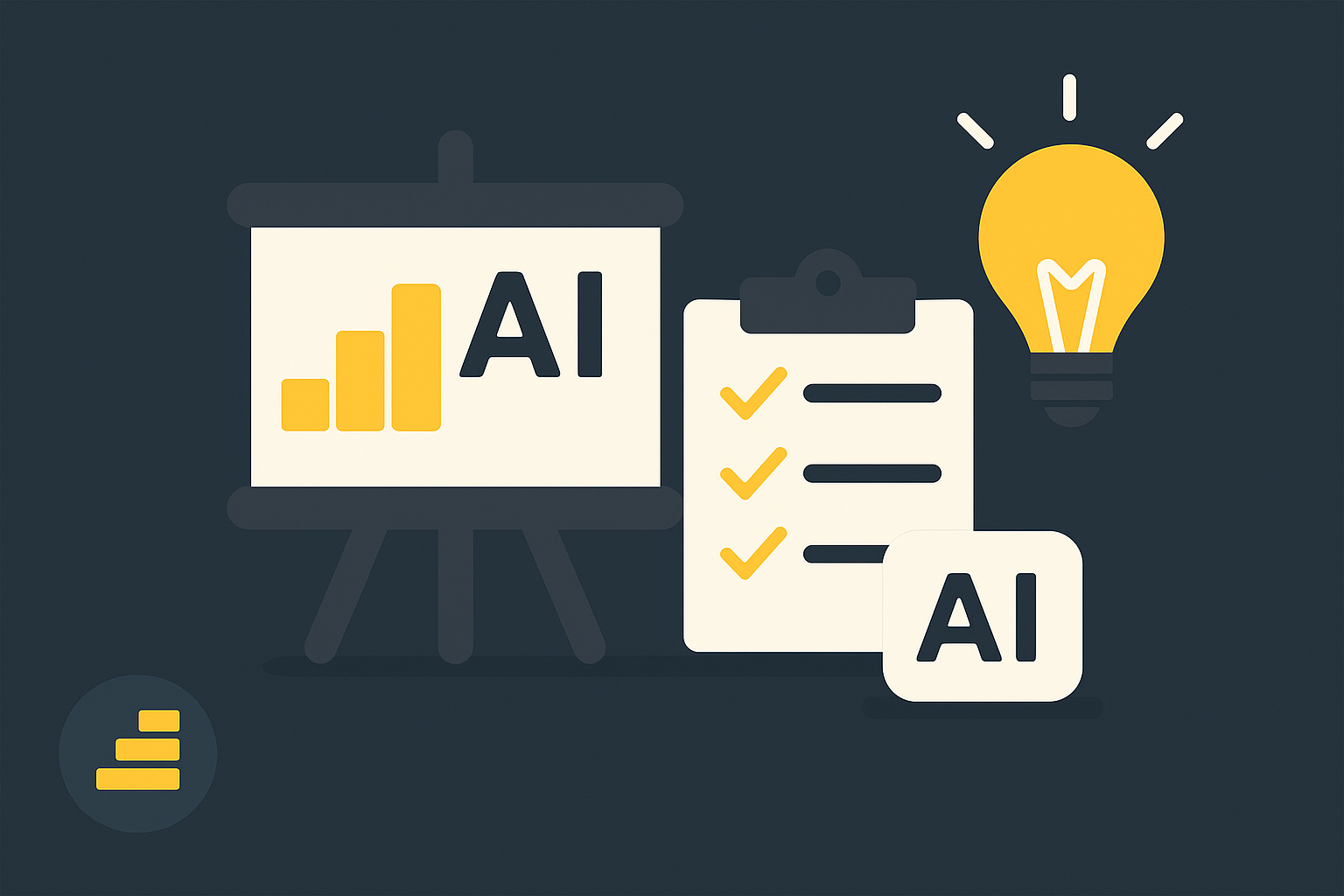Looking back after 77 days
By the time I had a working version of Sortit.Now, I felt two things at once: pride and exhaustion. Pride, because I had built a real product in record time, with a day job and a family. Exhaustion, because it wasn't easy. AI made things faster, but also messier, and I underestimated how much cleanup, refactoring, and discipline it would require.
Looking back, there are a few things I would do differently.

What worked well
Some things genuinely made this project possible:
- AI as an accelerator. Without AI, Sortit.Now would still be an idea in my notebook.
- Rapid prototyping. Features like the actions timeline or history navigation appeared in hours, not weeks.
- Creative partner. AI gave me UI ideas, color palettes, even features I wouldn't have thought of alone.
- Motivation loop. The constant little wins kept me going through the tough nights.
What didn't work well
There were also things that slowed me down or nearly killed the project:
- Ignoring architecture at the start. The 5,000-line monster file is proof enough.
- Trusting AI too much. Copy-pasting fixes without reviewing caused more pain later.
- Chasing speed. I got addicted to fast results, which made slow refactors feel like punishment.
- Letting AI lead too far. When I didn't set rules, it invented messy solutions that cost weeks to fix.
What I'd do differently next time
If I started over tomorrow, I'd change a few things:
- Set guardrails from day 1. A simple folder structure, naming rules, and a "no setTimeout hacks" rule upfront.
- Review every change. Even when things work. Especially when things work.
- Document as I go. Writing down decisions saves hours of explaining the same rules again to AI.
- Balance speed with structure. Early wins are great, but a small investment in clean code pays back quickly.
- Use AI where it shines. Prototyping, generating options, handling boilerplate, not designing the whole architecture.
The bigger picture
Sortit.Now is far from perfect, but it's real. That's the biggest lesson of all: with AI, it's now possible for one person to build something end-to-end in spare time, without a team, without a budget. The trick is learning how to manage the chaos AI creates along the way.
Concise summary
- AI is a force multiplier, not a replacement. It needs direction, review, and context.
- Speed is addictive, but discipline keeps you alive.
- Early structure saves late pain.
- The best results come when you use AI as a creative partner, not as an architect.
- The journey matters as much as the product. I learned new ways of working that I'll carry into every future project.
Closing
Would I do it all again? Absolutely. But I'd go in with my eyes open. AI didn't just help me build Sortit.Now, it taught me a new way of building, one that mixes speed with discipline, creativity with structure, and patience with experimentation.
In Part 8, I'll look beyond my own experience and share where I think this is all heading: the future of AI-assisted development, and how it might change the way we build software in the years to come.